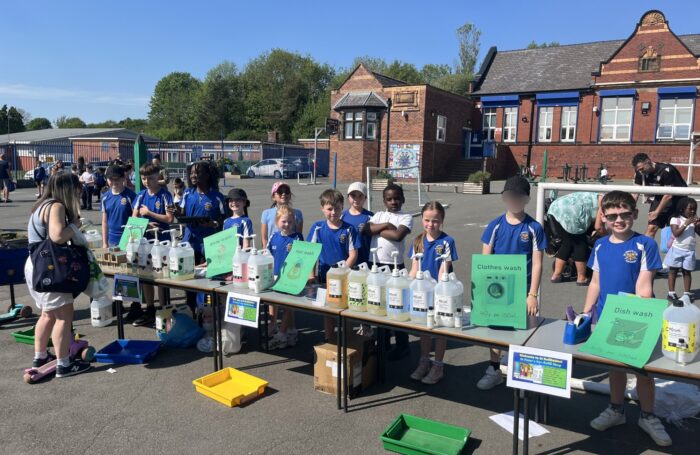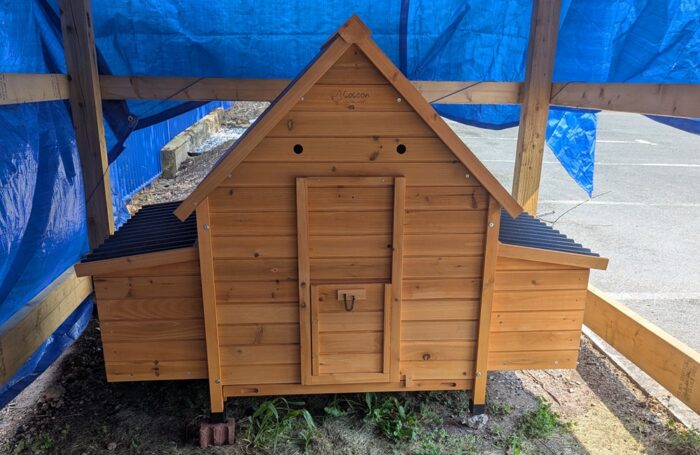Better for your health, wallet and the environment
Do you burn at home with a log burner, stove or an open fire?
Did you know it causes harmful air pollution inside and outside the home?
This winter, spare a few minutes to find out the facts and how you can burn better.
-
- All wood or solid fuel burning pollutes the air we breathe, even the cleanest eco-stoves.
- Greater Manchester has Smoke Control Areas, with rules to follow.
- Burning at home has hidden costs.
If you can, say no to burning at home and do your bit to help clean up our air.
But if you do have to burn at home this winter – burn better, follow the rules, and keep us all safe.

Look after yourself and others
Log burners might seem cosy, but many people aren’t aware of the health risks of burning at home.
Stove and fire smoke contains tiny particles known as particulate matter (PM2.5). These tiny particles can get into your lungs and bloodstream and damage your health.
Burning solid fuels can also cause air pollution inside and outside the home. So it can affect you, your family and your neighbours.
-
- It’s linked to breathing difficulties, such as asthma. Long term exposure can contribute to heart disease, lung cancer and stroke.
- Pollution affects us all, at any age. It affects children, older people and people with health conditions more.
- Tiny particles (PM2.5) are harmful to your health as they can affect every organ.

Top tips to burn better and safer
Not burning at home – or reducing your burning is best. But if you do burn, some small changes can make a big difference. You’ll get a hotter, cleaner burn – and likely save money.
- Use the right, clean fuels. Small logs of dry, untreated wood and smokeless coal fuels are best. Look out for the ‘Ready to Burn’ logo.
- Check your wood is ok to burn. Only burn seasoned, dry wood. Pick up a moisture meter to see if your wood is ready to burn. It should have 20% or less moisture content.
- Keep it clean (and look after it). Clean your stove and get it serviced regularly. Get your chimney swept each year.
- Find out how your appliance works. All stoves are different. Make sure you know how to use your appliance in line with the manufacturer and installer’s guide to get the most out of it.
- Don’t burn rubbish or general waste. Some things really should not be burnt, indoors or outdoors. This includes items such as painted wood, plastics, rubber and rubbish.
GET IT UNDER CONTROL: SMOKE CONTROL AREAS
Did you know that most of Greater Manchester is covered by Smoke Control Areas?
There are rules in place to keep us safe and reduce harmful air pollution.
Breaking them comes with health risks and could mean a financial penalty.
Find out moreBURNING AT HOME MYTHBUSTING
There can be a lot of confusion around burning at home. Click below to find out the truth.
Affordable and green ways to keep your home warm
Worried about fuel bills? Lately people have had to make difficult choices about how to heat their homes.
Here’s some pointers for better ways to keep your home warm:
- You may be able to retrofit your home with a heating system that is more sustainable and affordable.
- Get a helping hand with your energy bills with advice on coping with costs.
- Making changes to how you heat your home – like an air source heat pump – can help to reduce your fuel bills and your carbon emissions.
- Find out more energy advice for your home.
USEFUL INFORMATION
-
- Visit the government’s Burn Better website for more information and advice.
- Watch a video on how to burn better by getting your fire right.
- Find advice about solid fuels, safety and energy efficiency at the Solid Fuel Association website.
- See advice leaflets on a range of topics on the HETAS website.
- The UK Health Security Agency has published the following reviews on health impacts:









